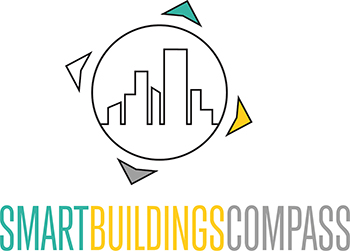Electrification is generally referred to as the provision of infrastructure in the form of power grids to supply a region or country with electrical energy.
As a key feature, large-scale electrification enables spatial separation between the energy consumer, such as an electric drive or lighting, and the power plant, where various primary energy sources are converted into electrical energy.
One of the best-known examples is probably the electrification of rail networks, which allowed steam and diesel locomotives to be replaced by electric locomotives.

This electrification began as a result of the industrial revolution in the 1880s – and it is still in full swing today. According to the International Energy Agency (IEA), there are more than 1.4 billion people without access to electricity. Most of them live in sub-Saharan Africa (589 million) and Asia (930 million).
Electricity is the basis of digitalization and technological progress. It is therefore of essential importance for the economic and social development of a country. According to forecasts, electricity will continue to play an increasingly important role in the energy mix in the future.
Author: Anja Herberth
Chefredakteurin
















